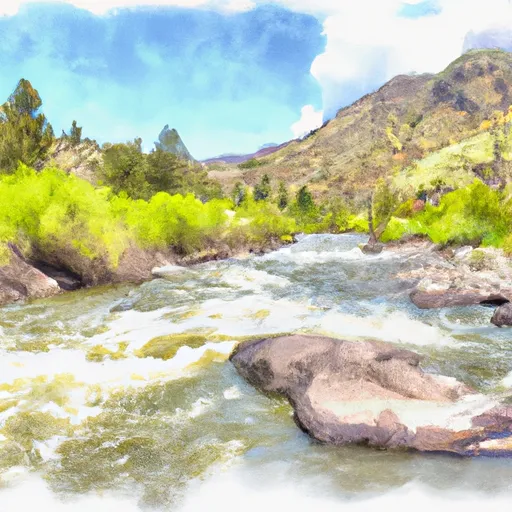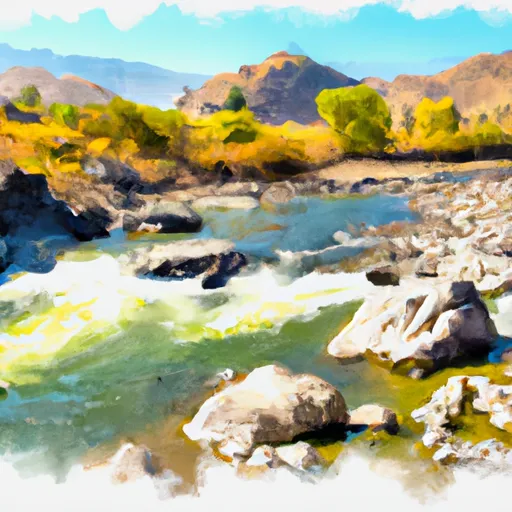Summary
Total streamflow across the
Boise River
was last observed at
1,050
cfs, and is expected to yield approximately
2,083
acre-ft of water today; about 74%
of normal.
Average streamflow for this time of year is
1,429 cfs,
with recent peaks last observed
on
2017-06-05 when daily discharge volume was observed at
27,530 cfs.
Maximum discharge along the river is currently at the
Boise River Nr Twin Springs Id
reporting a streamflow rate of 1,050 cfs.
However, the streamgauge with the highest stage along the river is the
Boise River Nr Parma Id
with a gauge stage of 8.71 ft.
This river is monitored from 5 different streamgauging stations along the Boise River, the highest being situated at an altitude of 3,257 ft, the
Boise River Nr Twin Springs Id.
River Details
| Last Updated | 2026-01-01 |
| Discharge Volume | 2,083 ACRE-FT |
| Streamflow |
1,050.0 cfs
-90.0 cfs (-7.89%) |
| Percent of Normal | 73.5% |
| Maximum |
27,530.0 cfs
2017-06-05 |
| Seasonal Avg | 1,429 cfs |
River Streamflow Levels
| Streamgauge | Streamflow | Gauge Stage | 24hr Change (%) | % Normal | Minimum (cfs) | Maximum (cfs) | Air Temp | Elevation |
|---|---|---|---|---|---|---|---|---|
|
Boise River Nr Twin Springs Id
USGS 13185000 |
1050 cfs | 6.7 ft | -7.89 | |||||
|
Boise River At Glenwood Bridge Nr Boise Id
USGS 13206000 |
253 cfs | 3.38 ft | 0 | |||||
|
Boise River South Channel At Eagle Id
USGS 13206305 |
243 cfs | 2.66 ft | -2.41 | |||||
|
Boise River At Caldwell
USGS 13211205 |
543 cfs | 6.48 ft | -1.81 | |||||
|
Boise River Nr Parma Id
USGS 13213000 |
853 cfs | 8.71 ft | 0 |
Seasonal Discharge Comparison
Maximum Streamflow Discharge
Streamflow Elevation Profile
The Boise River is a 102-mile-long (164 km) tributary of the Snake River in the northwestern United States. It drains a rugged portion of the Sawtooth Range in southwestern Idaho northeast of Boise, as well as part of the western Snake River Plain. The watershed encompasses approximately 4,100 square miles (11,000 km2) of highly diverse habitats, including alpine canyons, forest, rangeland, agricultural lands, and urban areas.

 Boise Nf Boundary To Confluence With Willow Creek
Boise Nf Boundary To Confluence With Willow Creek
 Trail Creek To Confluence With Crank Creek
Trail Creek To Confluence With Crank Creek
 Confluence With Rabbit Creek To Confluence With Middle Fork Boise River
Confluence With Rabbit Creek To Confluence With Middle Fork Boise River